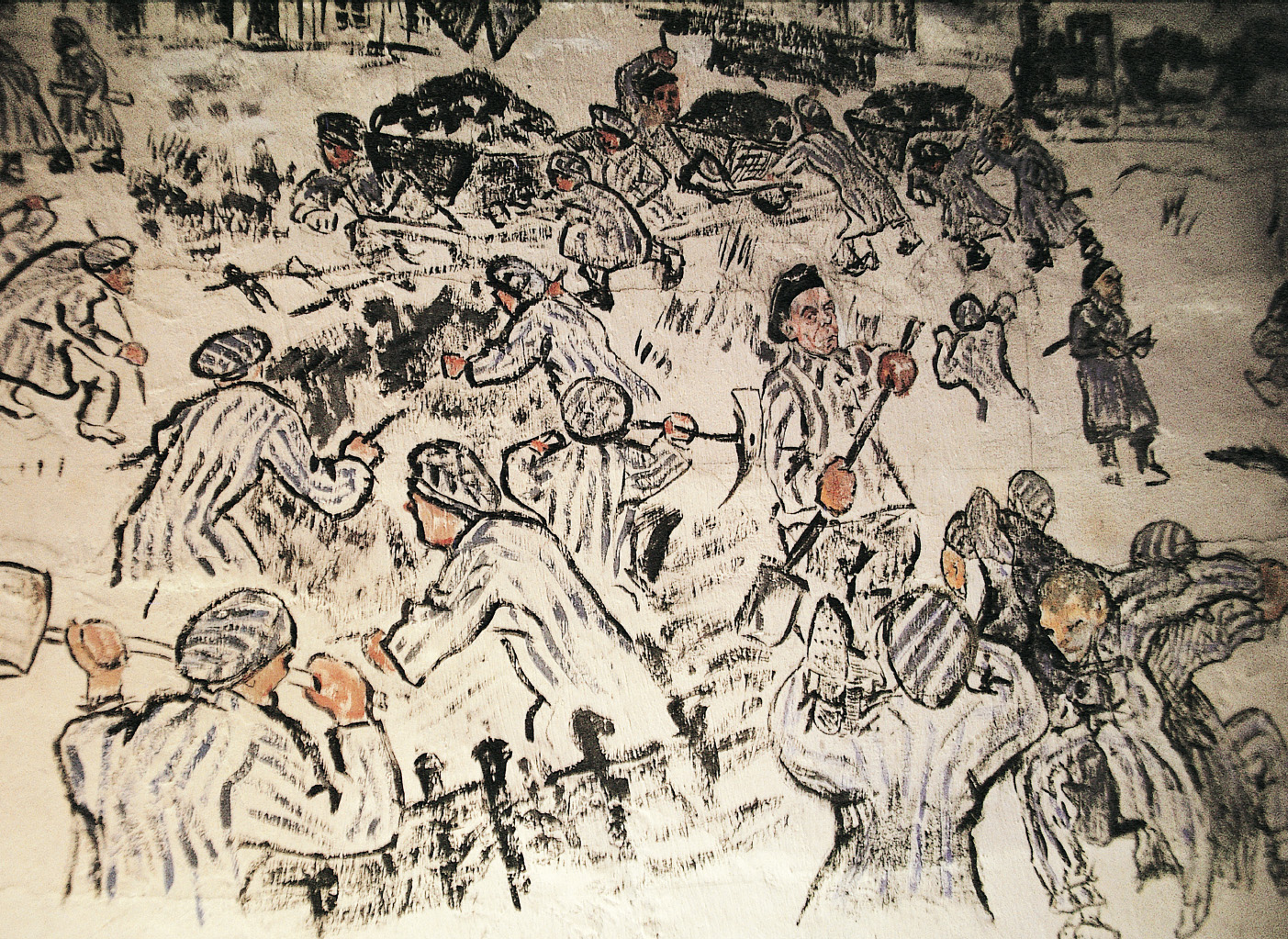A History of Western Society: Printed Page 896
A History of Western Society, Value Edition: Printed Page 901
Dictatorships and the Second World War
1919–1945
The intense wave of artistic and cultural innovation in the 1920s and 1930s, which shook the foundations of Western thought, was paralleled by radical developments in the realm of politics. In the age of anxiety, Communist and Fascist states undertook determined assaults on democratic government and individual rights across Europe. On the eve of the Second World War, popularly elected governments survived only in Great Britain, France, Czechoslovakia, the Low Countries, Scandinavia, and Switzerland.
Totalitarian regimes in the Communist Soviet Union and Fascist Italy and Germany practiced a ruthless and dynamic tyranny. Their attempts to revolutionize state and society went far beyond traditional forms of conservative authoritarianism. Communist and Fascist states ruled with unprecedented severity. They promised to greatly improve the lives of ordinary citizens and intervened radically in those lives in pursuit of utopian schemes of social engineering. Their drive for territorial expansion threatened neighboring nations. The human costs of these policies were appalling. Millions died as Stalin forced communism on the Soviet Union in the 1930s. Attempts to build a “racially pure” New Order in Europe by Hitler’s Nazi Germany led to the deaths of tens of millions more in World War II and the Holocaust, a scale of destruction far beyond that of World War I.
Such brutalities may seem a thing of the distant past that “can’t happen again.” Yet horrible atrocities in Rwanda, Bosnia, and Sudan show that they continue to plague the world in our time. It remains vital that we understand Europe’s era of overwhelming violence in order to guard against the possibility of its recurrence in the future. ■

CHAPTER PREVIEW
How were Fascist and Communist totalitarian dictatorships similar and different?
How did Stalin and the Communist Party build a totalitarian state in the Soviet Union?
What kind of government did Mussolini establish in Italy?
What policies did Nazi Germany pursue, and how did they lead to World War II?
How did Germany and Japan conquer enormous empires during World War II, and how did the Allies defeat them?
Chronology
| 1921 | New Economic Policy (NEP) in U.S.S.R. |
| 1922 | Mussolini gains power in Italy |
| 1924 | Mussolini seizes dictatorial powers |
| 1924–1929 | Buildup of Nazi Party in Germany |
| 1927 | Stalin comes to power in U.S.S.R. |
| 1928 | Stalin’s first five-year plan |
| 1929 | Lateran Agreement; start of collectivization in Soviet Union |
| 1929–1939 | Great Depression |
| 1931 | Japan invades Manchuria |
| 1932–1933 | Famine in Ukraine |
| 1933 | Hitler appointed chancellor in Germany; Reichstag passes the Enabling Act, granting Hitler absolute dictatorial power |
| 1935 | Nuremberg Laws deprive Jews of all rights of citizenship |
| 1936 | Start of great purges under Stalin; Spanish Civil War begins |
| 1937 | Japanese army invades China |
| 1938 | Kristallnacht marks beginning of more aggressive anti-Jewish policy in Germany |
| 1939 | Germany occupies Czech lands and invades western Poland; Britain and France declare war on Germany, starting World War II; Soviet Union occupies eastern Poland |
| 1940 | Germany defeats and occupies France; Battle of Britain begins |
| 1941 | Germany invades U.S.S.R.; Japan attacks Pearl Harbor; United States enters war |
| 1941–1945 | The Holocaust |
| 1942–1943 | Battle of Stalingrad |
| 1944 | Allied invasion at Normandy |
| 1945 | Soviet and U.S. forces enter Germany; United States drops atomic bombs on Japan; World War II ends |